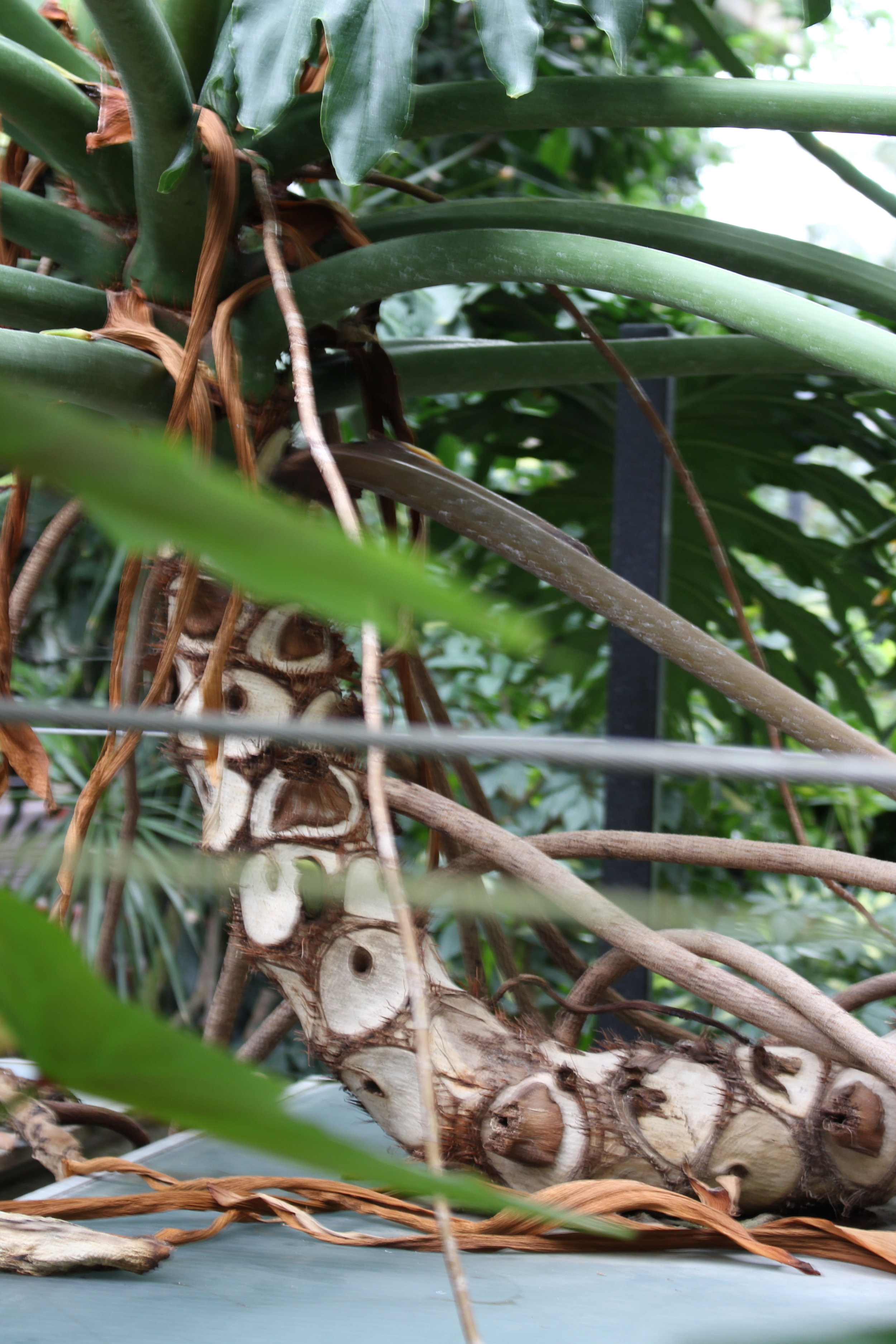Barbican Conservatory
Brutalist architecture meets botanic gardens - Descended from modernism in the post-war years, brutalism rose to popularity from the 1950s, lasting until the early 1980s. The term originates from the use, by the architect and painter Le Corbusier, of ‘beton brut’ – raw concrete in French. The Barbican is perhaps London’s best-known example of brutalist architecture. Love it or hate it, the Barbican Centre is the largest art complex in Europe. After a makeover in 1984 it re-emerged with a wonderful third-floor conservatory. This two-storey glasshouse was cleverly designed to conceal the fly towers, where theatre stage mechanisms are housed. It is the second largest glasshouse of its kind in London after Kew. Over 2,000 species of tropical plants and trees co-habit here, many of them rare or endangered and includes a date palm that reaches the roof. Head gardener, Neil Anderson leads a Sunday morning tour and generously shares his extensive plant knowledge (with the date palm taking centre stage!) The tour takes place before the conservatory opens to the public and highlights a beautiful relationship between plants and architecture.
https://www.barbican.org.uk/whats-on/2019/event/conservatory











